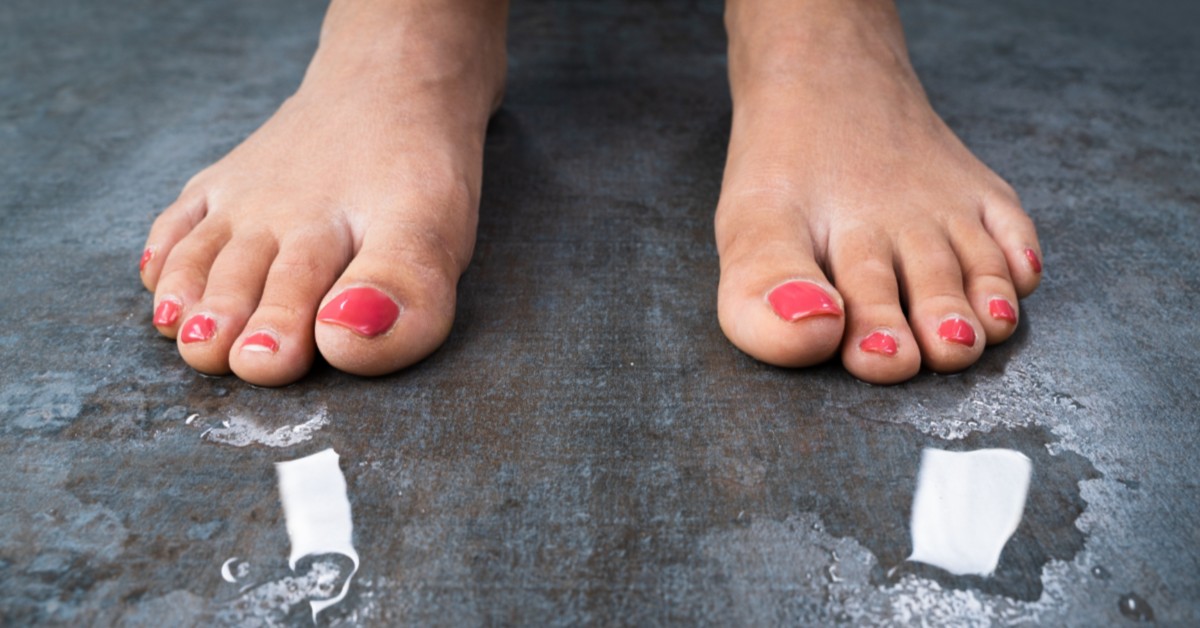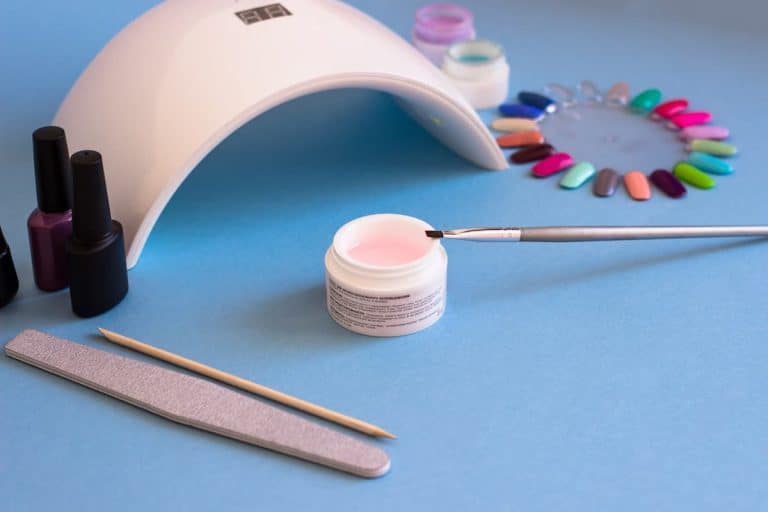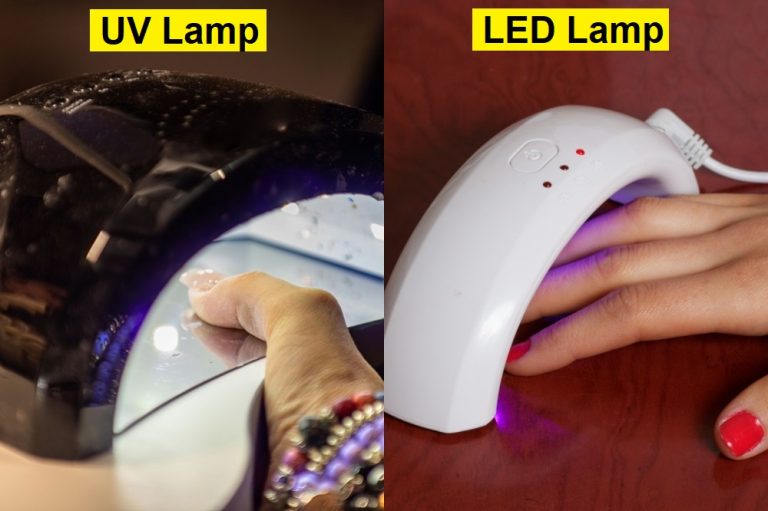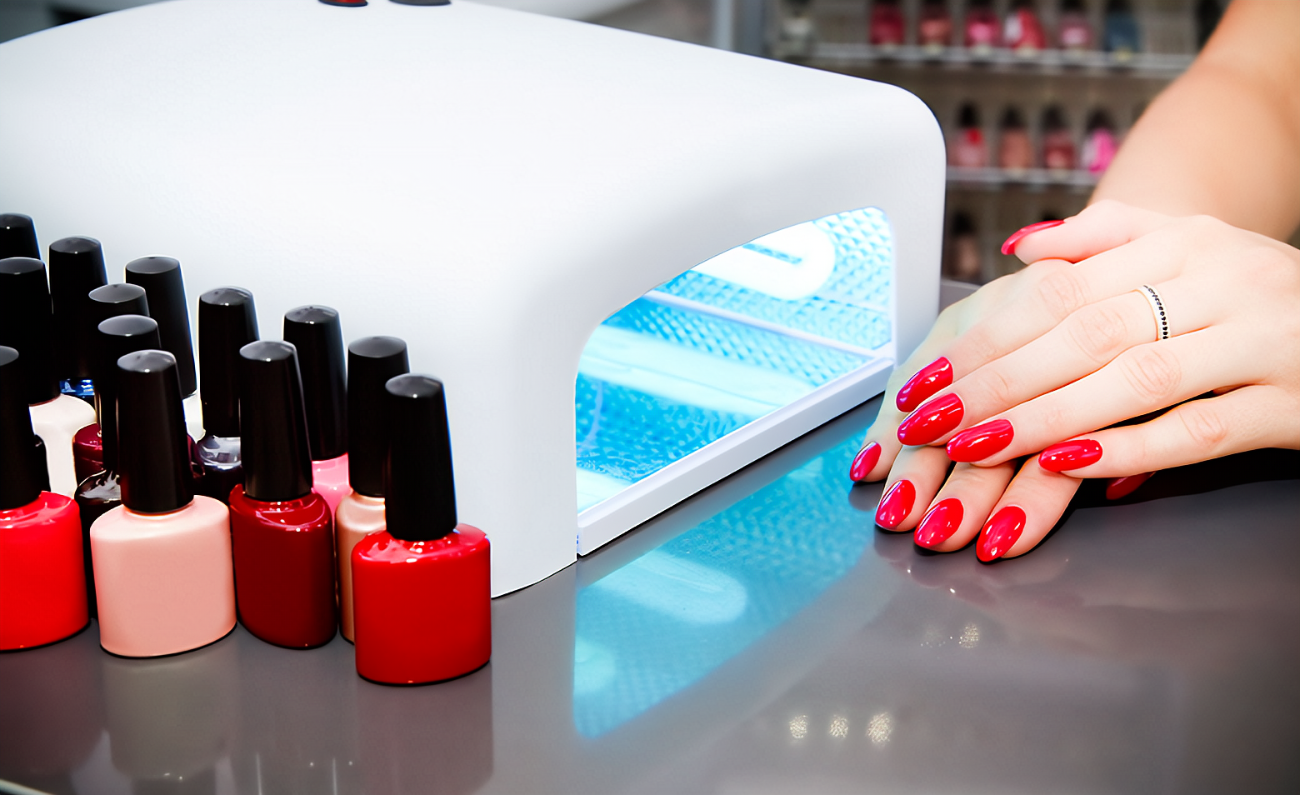Toenail fungus infections can be bothersome and affect the quality of life for many individuals. However, a potential solution that has gained attention is the use of a UV nail lamp as a treatment method to combat this condition. In this article, we will explore the effectiveness of UV nail lamps in killing toenail fungus and how they can be incorporated into your treatment routine.
Understanding Toenail Fungus:
Toenail fungus, also known as onychomycosis, is a common condition caused by fungal infections. It manifests as thickened, discolored nails, and may lead to discomfort or pain. It is essential to address this issue promptly as it can spread to other nails and even to other individuals who come into contact with the infected area.
The Science Behind UV Nail Lamps:
UV nail lamps emit ultraviolet light, specifically UVA and UVB rays, which possess antimicrobial properties. These rays penetrate the affected nail and target the fungus, inhibiting its growth and ultimately killing it. UV light is known to have a germicidal effect, making it a promising treatment option for toenail fungus.
Research and Supporting Evidence:
Several studies and clinical trials have demonstrated the effectiveness of UV nail lamps in eliminating toenail fungus infections. For instance, a study published in the Journal of the American Academy of Dermatology found that regular UV exposure significantly reduced fungal infection in affected nails. Additionally, anecdotal evidence from individuals who have successfully used UV nail lamps further supports their efficacy.
Using a UV Nail Lamp for Toenail Fungus Treatment:
Incorporating a UV nail lamp into your toenail fungus treatment routine can be a straightforward process. Follow these steps for optimal results:
- Cleanse the affected foot and trim the infected nail as much as possible.
- Prepare the UV nail lamp according to the manufacturer’s instructions, ensuring it is fully charged or plugged in.
- Place the affected foot under the UV lamp, positioning the infected nail directly in front of the light source.
- Set the timer as recommended by the manufacturer. Typically, sessions range from a few minutes to several minutes per nail.
- Repeat the treatment daily or as directed by your healthcare provider.
- Monitor the progress of the affected nail over time and consult with a medical professional if needed.
Precautions and Risks:
While UV nail lamps are generally safe and well-tolerated, it is important to take precautions to minimize any potential risks:
- Follow the manufacturer’s instructions carefully to ensure the safe and proper use of the UV nail lamp.
- Protect your eyes from direct exposure to the UV light by wearing UV-protective goggles or closing your eyes during the treatment.
- Avoid prolonged exposure to the UV light to prevent skin irritation or burns. Stick to the recommended treatment duration.
- If you experience any adverse reactions such as redness, itching, or swelling, discontinue the use of the UV nail lamp and consult a healthcare professional.
- Keep the UV nail lamp out of reach of children and pets.
Other Treatment Options:
While UV nail lamps can be an effective adjunct treatment for toenail fungus, it is important to note that they may not be suitable for everyone. Other treatment options for toenail fungus include topical antifungal medications, oral medications, and in severe cases, surgical intervention. Consulting with a healthcare professional will help determine the most appropriate treatment plan for your specific situation.
Conclusion: A UV nail lamp can be a valuable tool in the battle against toenail fungus. Its ability to emit germicidal UV rays makes it an effective treatment option for killing the fungus and promoting healthy nail growth. However, it is essential to use the UV nail lamp properly and consult with a healthcare professional for a comprehensive treatment plan. By incorporating this innovative technology into your toenail fungus treatment routine, you can enhance your chances of achieving clear and healthy nails.




